3-[2-(2-Aminoethylamino)ethylamino]propyl-trimethoxysilane
Synonym(s):2-[2-(3-Trimethoxysilylpropylamino)ethylamino]ethylamine;3-[2-(2-Aminoethylamino)ethylamino]propyltrimethoxysilane
- CAS NO.:35141-30-1
- Empirical Formula: C10H27N3O3Si
- Molecular Weight: 265.43
- MDL number: MFCD00069173
- EINECS: 252-390-9
- SAFETY DATA SHEET (SDS)
- Update Date: 2024-12-18 14:15:30
![3-[2-(2-Aminoethylamino)ethylamino]propyl-trimethoxysilane Structural](https://img.chemicalbook.in/CAS/GIF/35141-30-1.gif)
What is 3-[2-(2-Aminoethylamino)ethylamino]propyl-trimethoxysilane?
Chemical properties
Clear, light to dark yellow liquid
The Uses of 3-[2-(2-Aminoethylamino)ethylamino]propyl-trimethoxysilane
N1-(3-Trimethoxysilylpropyl)diethylenetriamine (TRI-silane) can be used as a grafting agent to incorporate amine functional group onto the surface of various ordered mesoporous silica. It can be also used in CO2 capture applications.
Flammability and Explosibility
Not classified
Properties of 3-[2-(2-Aminoethylamino)ethylamino]propyl-trimethoxysilane
| Boiling point: | 114-118 °C/2 mmHg (lit.) |
| Density | 1.03 g/mL at 25 °C (lit.) |
| vapor pressure | 1 mm Hg ( 20 °C) |
| refractive index | n |
| Flash point: | 257 °F |
| form | Liquid |
| pka | 10.17±0.19(Predicted) |
| Specific Gravity | 1.03 |
| color | Clear yellow |
| Water Solubility | 1000g/L at 20℃ |
| Hydrolytic Sensitivity | 7: reacts slowly with moisture/water |
| BRN | 8421470 |
| CAS DataBase Reference | 35141-30-1(CAS DataBase Reference) |
| EPA Substance Registry System | 1,2-Ethanediamine, N-(2-aminoethyl)-N'-[3-(trimethoxysilyl)propyl]- (35141-30-1) |
Safety information for 3-[2-(2-Aminoethylamino)ethylamino]propyl-trimethoxysilane
| Signal word | Danger |
| Pictogram(s) |
 Corrosion Corrosives GHS05  Exclamation Mark Irritant GHS07  Environment GHS09 |
| GHS Hazard Statements |
H315:Skin corrosion/irritation H317:Sensitisation, Skin H318:Serious eye damage/eye irritation H411:Hazardous to the aquatic environment, long-term hazard |
| Precautionary Statement Codes |
P261:Avoid breathing dust/fume/gas/mist/vapours/spray. P264:Wash hands thoroughly after handling. P264:Wash skin thouroughly after handling. P273:Avoid release to the environment. P280:Wear protective gloves/protective clothing/eye protection/face protection. P302+P352:IF ON SKIN: wash with plenty of soap and water. P305+P351+P338:IF IN EYES: Rinse cautiously with water for several minutes. Remove contact lenses, if present and easy to do. Continuerinsing. |
Computed Descriptors for 3-[2-(2-Aminoethylamino)ethylamino]propyl-trimethoxysilane
New Products
Tert-butyl bis(2-chloroethyl)carbamate (S)-3-Aminobutanenitrile hydrochloride N-Boc-D-alaninol N-BOC-D/L-ALANINOL N-octanoyl benzotriazole 4-Hydrazinobenzoic acid 3,4-Dibenzyloxybenzaldehyde Electrolytic Iron Powder 1,1’-CARBONYLDIIMIDAZOLE R-2-BENZYLOXY PROPIONIC ACID 4-HYDROXY BENZYL ALCOHOL 1,1’-CARBONYLDI (1,2-4 TRIAZOLE) S-2-CHLORO PROPIONIC ACID (2-Hydroxyphenyl)acetonitrile 4-Bromopyrazole 5-BROMO-2CYANO PYRIDINE 5,6-Dimethoxyindanone 5-broMo-2-chloro-N-cyclopentylpyriMidin-4-aMine 3-(2,4-Dimethoxybenzyl)dihydropyrimidine-2,4(1H,3H)-dione 6-Bromo-3-iodo-1-methyl-1H-indazole 4-Ethylbenzylamine N-(5-Amino-2-methylphenyl)acetamide 2-(BOC-Amino)4-picoline 1-(4-Methylphenylsulfonyl)-1H-1,2,3-benzotriazoleRelated products of tetrahydrofuran
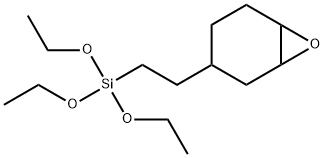
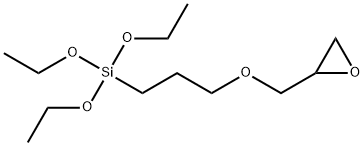
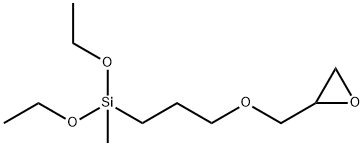
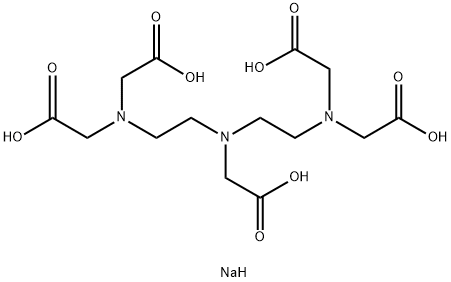
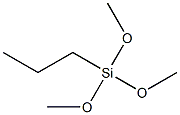



You may like
-
 N1-(3-Trimethoxysilylpropyl)diethylenetriamine, 90% CAS 35141-30-1View Details
N1-(3-Trimethoxysilylpropyl)diethylenetriamine, 90% CAS 35141-30-1View Details
35141-30-1 -
 N-(3-Trimethoxysilylpropyl) Diethylenetriamine (TMSPD) pure CAS 35141-30-1View Details
N-(3-Trimethoxysilylpropyl) Diethylenetriamine (TMSPD) pure CAS 35141-30-1View Details
35141-30-1 -
 4,7,10-Triazadecyl Trimethoxy Silane(Dynasylan Triamino) CAS 35141-30-1View Details
4,7,10-Triazadecyl Trimethoxy Silane(Dynasylan Triamino) CAS 35141-30-1View Details
35141-30-1 -
 N1-(3-Trimethoxysilylpropyl)diethylenetriamine CAS 35141-30-1View Details
N1-(3-Trimethoxysilylpropyl)diethylenetriamine CAS 35141-30-1View Details
35141-30-1 -
 100-71-0 99%View Details
100-71-0 99%View Details
100-71-0 -
 2-ethyl-6-methyl-3-hydroxypyridine succinate 127464-43-1 99%View Details
2-ethyl-6-methyl-3-hydroxypyridine succinate 127464-43-1 99%View Details
127464-43-1 -
 13162-05-5 N-Vinylformamide 99%View Details
13162-05-5 N-Vinylformamide 99%View Details
13162-05-5 -
 1446013-08-6 98%View Details
1446013-08-6 98%View Details
1446013-08-6
Statement: All products displayed on this website are only used for non medical purposes such as industrial applications or scientific research, and cannot be used for clinical diagnosis or treatment of humans or animals. They are not medicinal or edible.